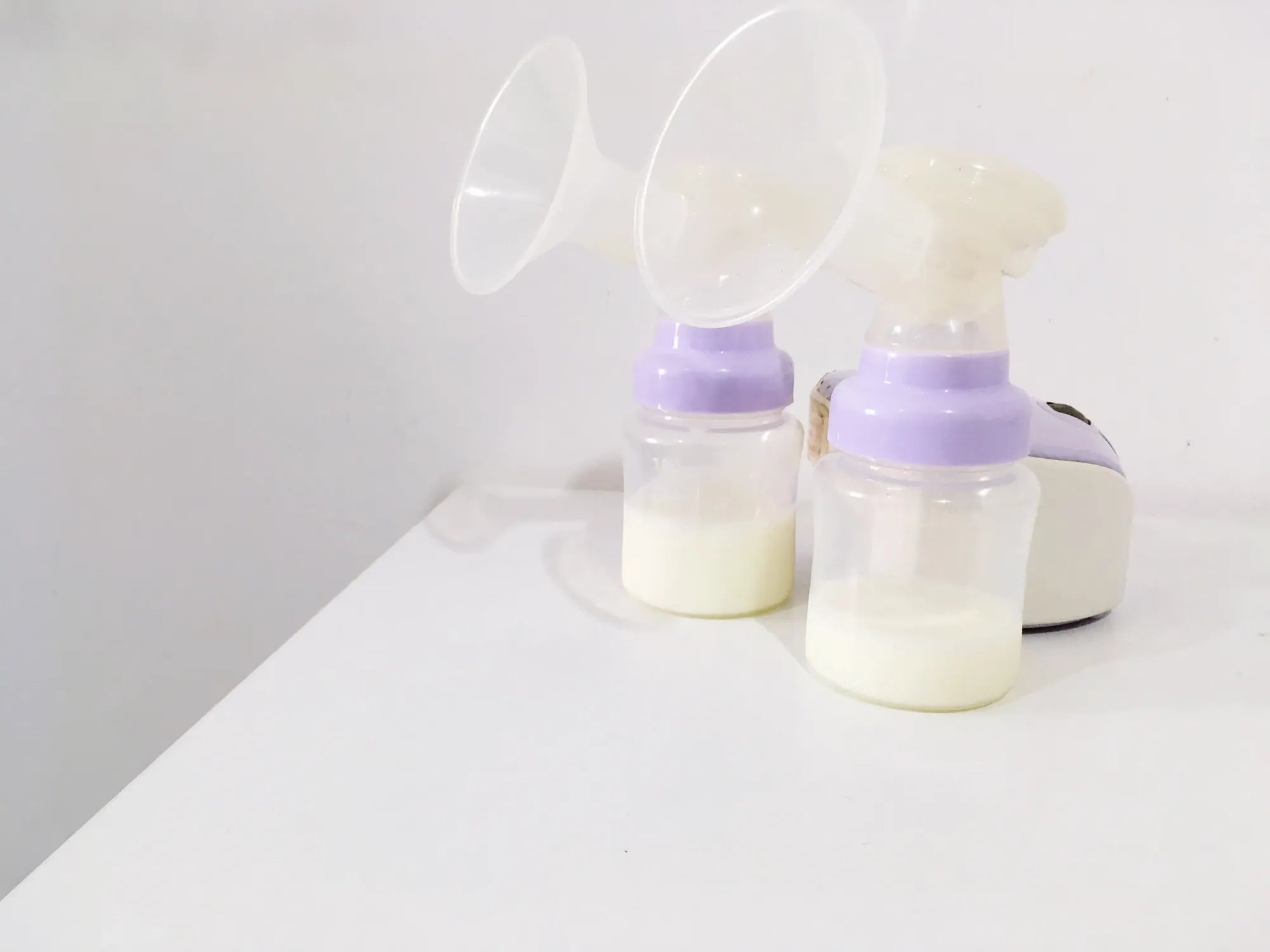Accueil
Pregnancy, Breastfeeding, and Pumping: The Ultimate Guide for Moms
Why Breast Feels Pain After Pumping: Causes and Solutions

Why Breast Feels Pain After Pumping: Causes and Solutions
Breastfeeding and pumping are essential for many parents, but experiencing pain after pumping can be both frustrating and worrisome. Understanding the reasons behind this discomfort and learning how to address it can make a significant difference in your breastfeeding journey. Let’s dive into the possible causes and solutions to help you find relief.
Common Causes of Breast Pain After Pumping
There are several reasons why you might feel pain in your breasts after pumping. Identifying the root cause is the first step toward finding an effective solution.
Improper Pumping Technique
Using a breast pump incorrectly is one of the most common reasons for pain. If the pump’s suction is too strong or the flange size is incorrect, it can lead to discomfort and even damage to the breast tissue. Ensuring that you use the right technique and equipment is crucial.
Engorgement
Engorgement occurs when the breasts become overly full of milk, causing them to feel hard, swollen, and painful. Pumping can sometimes exacerbate this condition if not done properly. Learning how to manage engorgement can help reduce pain.
Mastitis
Mastitis is an infection of the breast tissue that can cause severe pain, redness, and swelling. It often occurs when milk ducts become blocked, leading to inflammation. If you suspect mastitis, it’s important to seek medical attention promptly.
Nipple Damage
Repeated pumping can cause nipple soreness or damage, especially if the pump’s suction is too strong or the flange doesn’t fit properly. Taking steps to protect your nipples can help prevent this issue.
Preventive Measures to Avoid Breast Pain
Preventing breast pain after pumping involves adopting the right practices and making necessary adjustments to your routine.
Choose the Right Flange Size
Using the correct flange size is essential for a comfortable pumping experience. A flange that’s too small or too large can cause pain and reduce milk output. Measure your nipples and ensure the flange fits properly.
Adjust the Pump Settings
Most breast pumps come with adjustable suction levels. Start with a lower setting and gradually increase it to a comfortable level. Avoid using the highest suction setting, as it can cause unnecessary pain.
Pump Regularly
Establishing a consistent pumping schedule can help prevent engorgement and reduce the risk of pain. Pumping too infrequently can lead to overfull breasts, while pumping too often can cause nipple soreness.
Take Breaks
If you’re experiencing pain, take short breaks during pumping sessions to give your breasts a rest. This can help alleviate discomfort and prevent further damage.
Effective Solutions for Breast Pain After Pumping
If you’re already experiencing pain, there are several strategies you can try to find relief.
Apply Warm or Cold Compresses
Using a warm compress before pumping can help stimulate milk flow and reduce discomfort. Alternatively, a cold compress after pumping can help reduce swelling and pain.
Massage Your Breasts
Gently massaging your breasts before and during pumping can help improve milk flow and reduce the risk of engorgement. Use circular motions to massage from the outer areas toward the nipple.
Use Nipple Cream
Applying a nipple cream or ointment can help soothe sore or cracked nipples. Look for products that are safe for breastfeeding and apply them after each pumping session.
Seek Professional Help
If the pain persists or worsens, it’s important to consult a healthcare professional. They can assess your situation and provide personalized recommendations to address the issue.
When to Seek Medical Attention
While some breast pain after pumping is common, certain symptoms may indicate a more serious condition that requires medical attention.
Persistent Pain
If the pain doesn’t improve despite trying various remedies, it’s important to seek medical advice. Persistent pain could be a sign of an underlying issue that needs to be addressed.
Signs of Infection
If you experience symptoms such as fever, chills, redness, or swelling, it could indicate an infection like mastitis. Prompt treatment is essential to prevent complications.
Unusual Discharge
If you notice any unusual discharge from your nipples, such as blood or pus, it’s important to consult a healthcare professional immediately.
Breast pain after pumping can be a challenging issue, but with the right knowledge and strategies, you can find relief and continue your breastfeeding journey comfortably. Don’t hesitate to seek help if needed, and remember that taking care of yourself is just as important as taking care of your baby.
Partager
